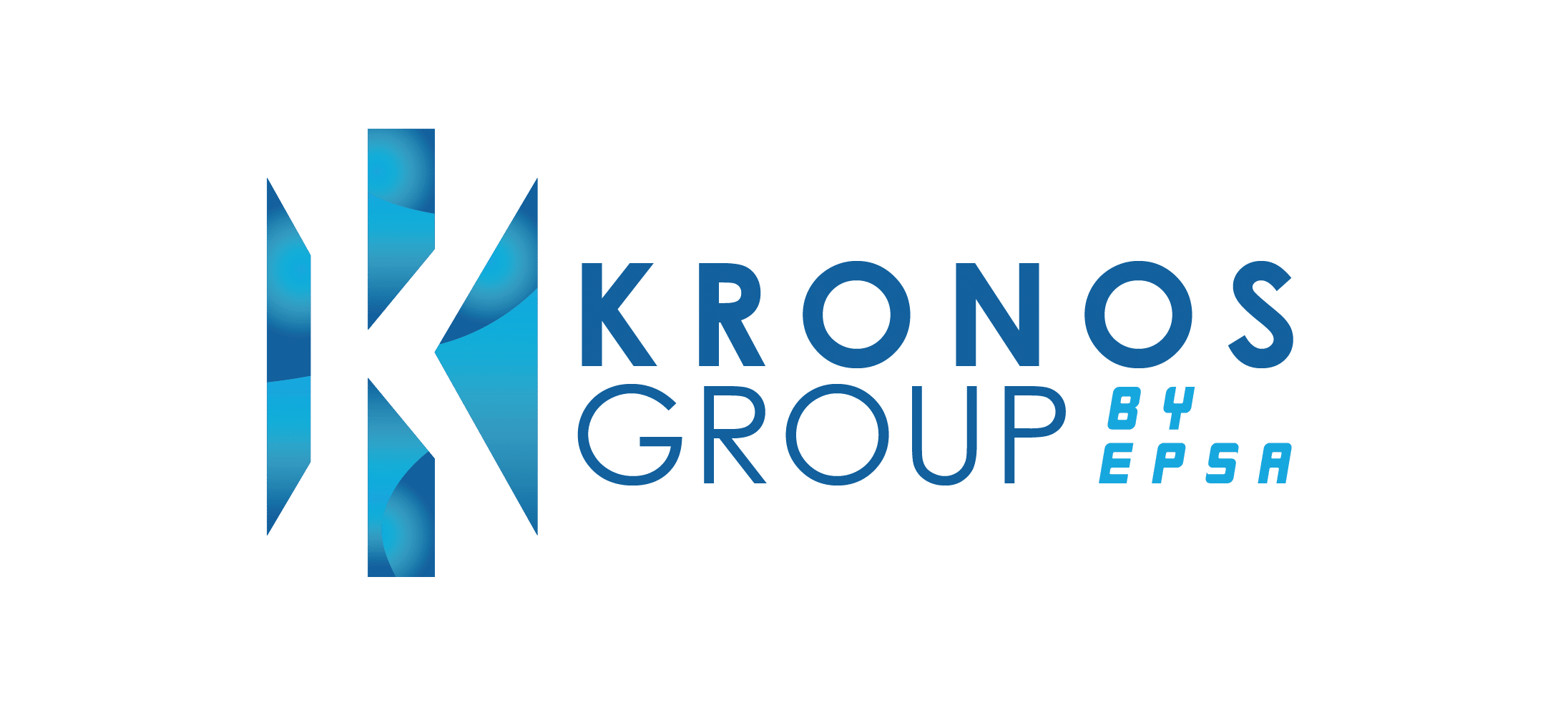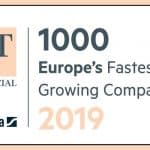Achieving procurement excellence through high-impact procurement operating models

Summary
The procurement function is going through a phase of transformation.
With the function itself being elevated from a support function to a strategic one, businesses are recognising the importance that procurement brings, especially in today’s world.
Organisations have no option but to capitalise on the most recent advancements and develop operating models that are future-focused to handle the complexities of tomorrow.
The first step towards developing and implementing procurement business goals is to identify and capture new value for procurement advancement and excellence.
Creating credibility through sustained value is essential to ensuring compliance and strengthening supply chains.
Procurement must be harmonised, enabling high-impact operating models to achieve procurement excellence where various functions must operate in synergy across geographical locations to create a meaningful impact.
——————————————————————————————————————-
Procurement has always been considered a source of competitive advantage and this belief has only strengthened in recent years. In fact, research by leading management consulting firms has shown that there is a correlation between procurement and the overall performance of an organisation.
Procurement excellence hinges on an organisation’s ability to achieve performance goals and cross-functional integration. Today, the complexity of this challenge is further compounded by the major trends that are reshaping the business landscape.
To overcome these complexities and their impact, businesses are rushing to capitalise on the recent developments in technology, management practices, and analytics. These required changes are essential to establish a high-impact, next-generation procurement operating model.
The strategic nature of procurement requires that the operating model be developed with a comprehensive understanding of the business strategy and how the procurement process can contribute to the achievement of this strategy.
Aside from establishing long-term sustainable sources of supply, procurement must also ensure that compliance-driven and transactional activities are carried out to maintain performance.
The execution of these elements requires all parties involved—namely, procurement and its internal and external stakeholders—to be in perfect synchronisation.
Organisations must master the next-generation procurement operating model by implementing its components with precision to ensure procurement excellence is well within reach.
Capturing new value for procurement advancement and excellence
Value capturing at every stage of the business process is vital, and understanding business goals and strategies are the first steps during which procurement’s strategic role in achieving these objectives can be appreciated.
Additionally, going beyond supplier negotiations, procurement teams must also proactively search for other sustainable sources of value and manage spending patterns. Procurement teams must adopt technological advancements to analyse and secure emerging opportunities in supply markets.
Value can also be generated by increasing transparency and reducing turnaround times by updating processes that have been affected by repetitive and manual processes.
Achieving procurement excellence is not only about creating value and sourcing the best supply chains but also about deepening relationships with suppliers.
Creating credibility through sustained value
Aside from strategic business partnering, contracting, and sourcing, mechanisms are needed to drive compliance and sustain value.
From the identification of supply needs to approvals and order confirmations, these activities are typically done manually and can be inconsistent and poorly documented. A next-generation operating model can implement controls to enhance governance, define buying channels, and digitise the buying process.
Supplier management is generally thought of as a less significant process, which means the chance to establish collaborative relationships with suppliers and unlock new opportunities to create economic value is overlooked.
Service improvements, cost reductions, and revenue growth are just a few of the benefits that businesses can capitalise on if attention is given to the supplier management process in order to create sustained value.
Establishing high-impact operating models to achieve procurement excellence
While the requirements for an industry-leading procurement model are important, equal importance must be given to the capabilities needed to achieve excellence in procurement.
Under these operating models, procurement processes must be harmonised across businesses and geographical areas where innovative mechanisms are used to transform data into meaningful information with multiple applications.
Embracing agile concepts is also the way forward as limited employees oversee automated processes while more staff are able to spend time on processes that add value to the business. Procurement professionals are also able to add value by focusing on the most demanding and pressing procurement issues.
Another key mechanism to facilitate high-impact operating models is through procurement training for your teams and by providing them with the relevant knowledge to build on their hard and soft skills. Businesses today are making significant investments in driving digital capabilities.
Finally, there exists a rise in the adoption and implementation of data analytic techniques as procurement leaders gather market intelligence to make informed decisions.
The need for clear and concise data has never been more crucial as businesses depend on trusted data and data sources to obtain real-time analytics about procurement performance.
Preparing for the future of procurement excellence
Establishing the right procurement operating model can be a game-changer. These revamped operating models are designed to create value that impacts all stakeholders and all facets of the organisation.
From supply chain finance and spend management to payment optimisation and analytics, these procurement functions have the ability to deliver on their potential by mitigating the value reduction that many organisations face today.
The extent to which each of the elements of the operating model is implemented will provide a clear image of which processes the organisation must focus its investments on and the type of investments required to elevate the procurement process.
Using these components, organisations can construct a plan and strategy that outlines a detailed roadmap of how procurement reaches new heights through its processes.



